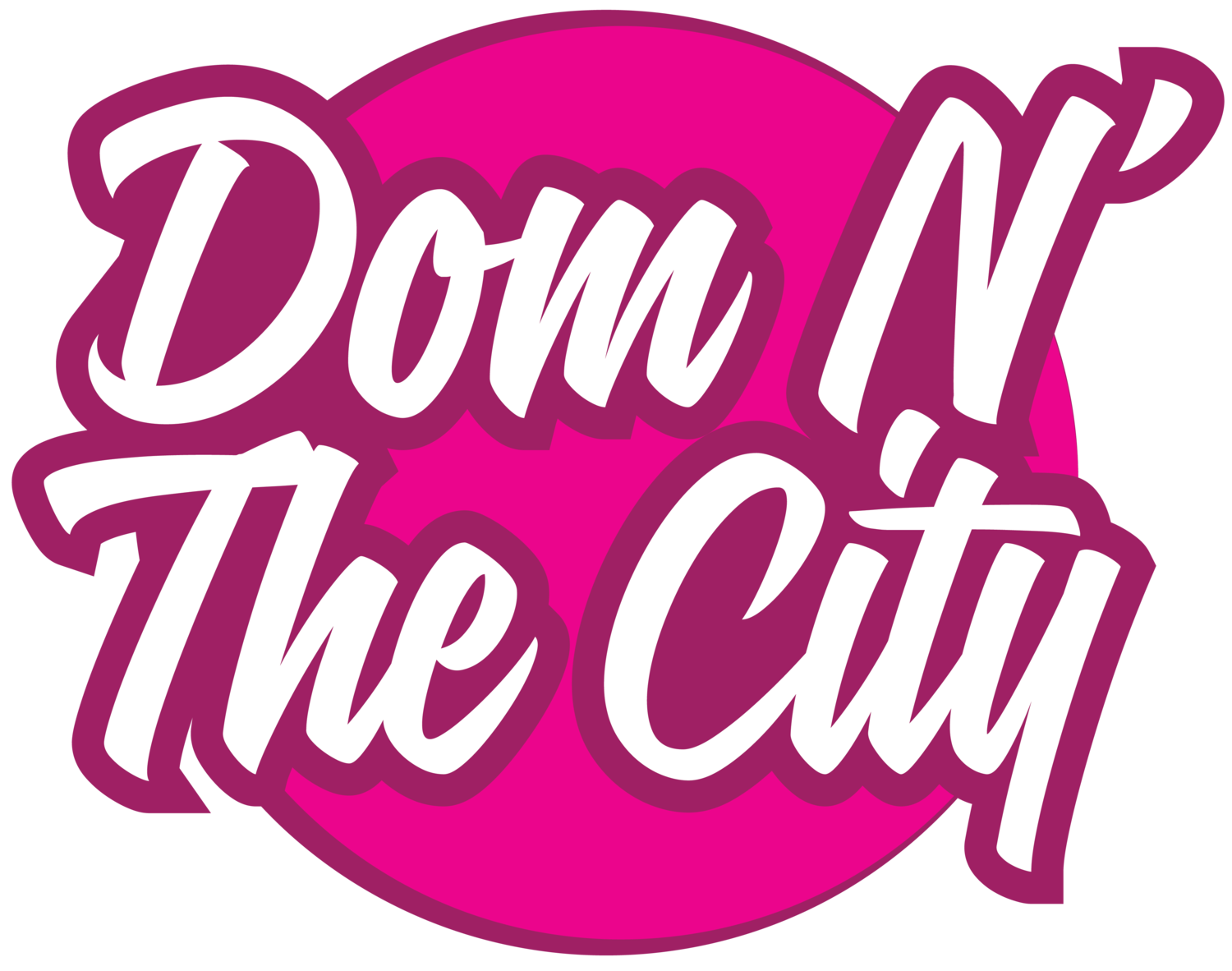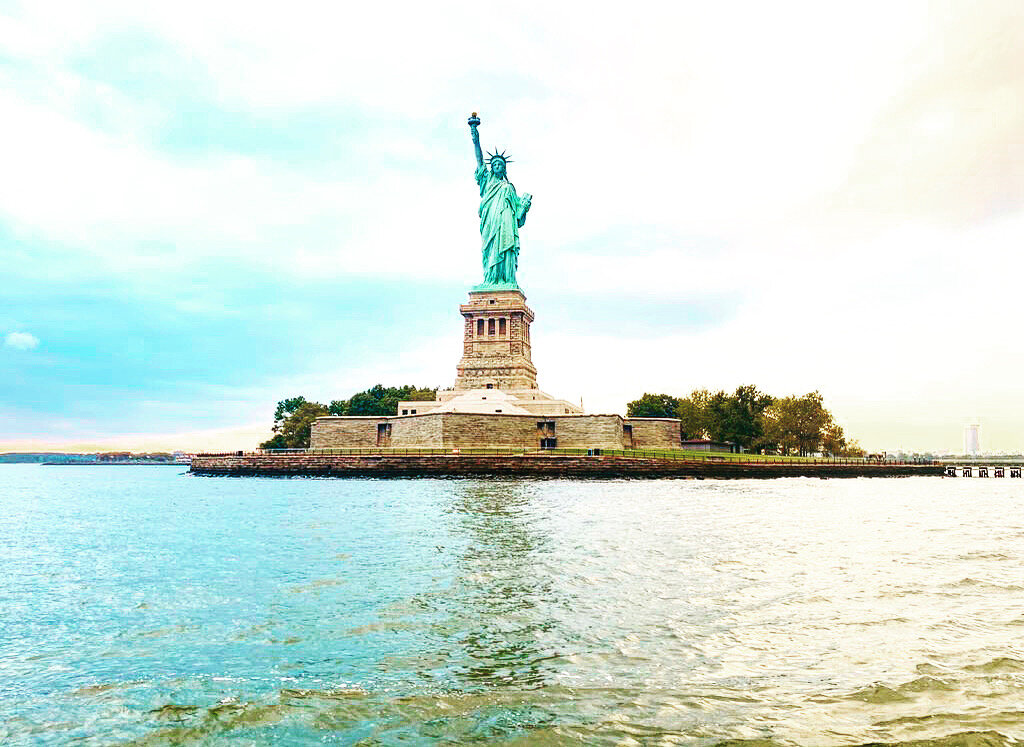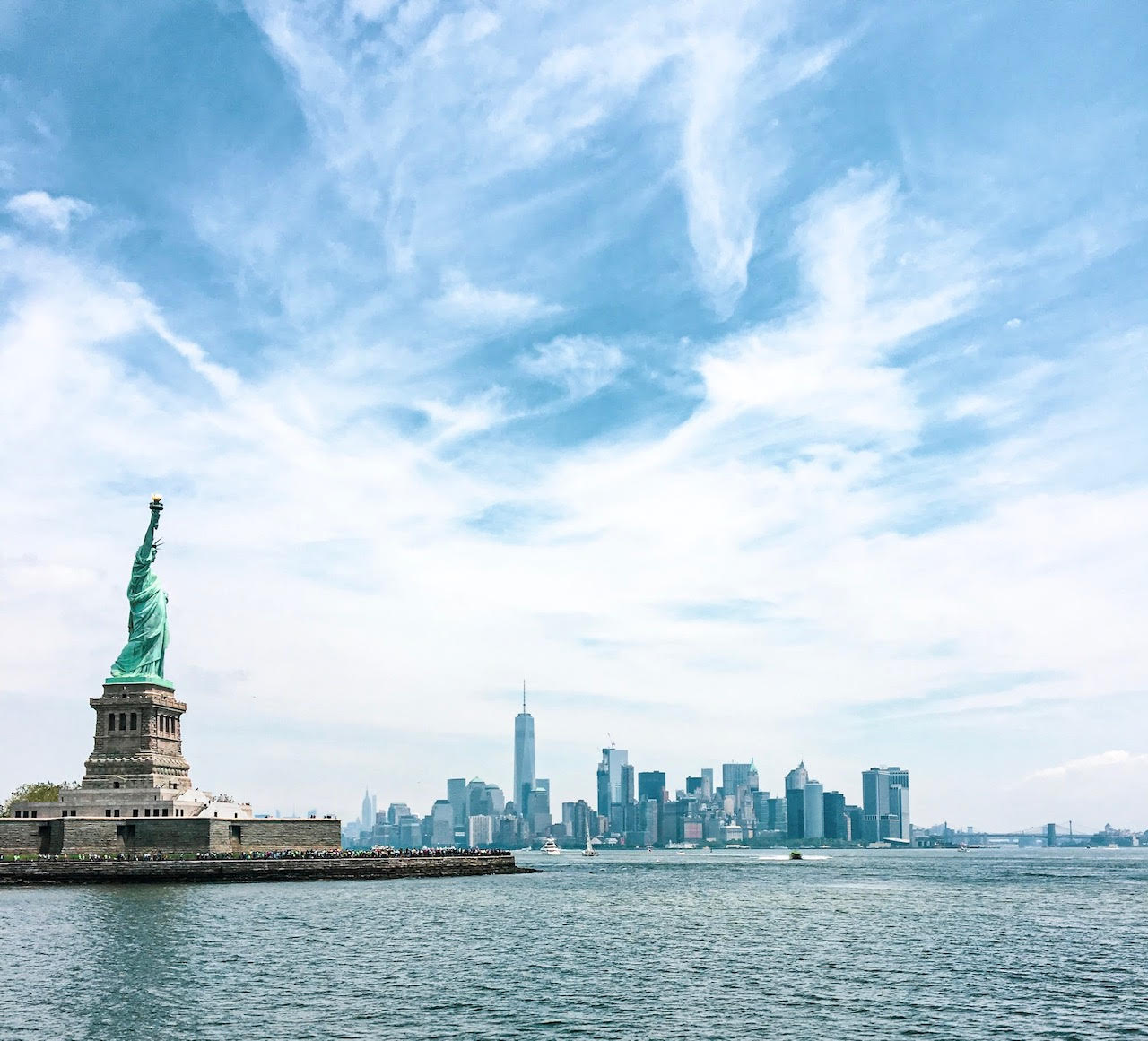Roosevelt Island: What to Do & See
What is 2 miles long, 800 feet wide, and located on the East River between Manhattan and Queens? I call it the suburbs of Manhattan but the official name of this land that is accessible by the country's first aerial tram is Roosevelt Island. I recently ran a poll and more than 60% of New Yorkers who responded stated they have NEVER been to Roosevelt Island. I decided at that time I needed to share with you what to see and do on Roosevelt Island.
Upon taking a trip to Roosevelt Island I discovered a place full of history and a great escape from the busy streets of Manhattan and a place that has a strong sense of community. Originally Native American inhabited this land (like most places in the US) and it was called Minnehanonck and upon the arrival of individuals from the Netherlands, it was called Blackwell's Island. After being known for housing hospitals and psych wards the name was changed to Welfare Island. Let's be honest I don't think anyone wants to live anywhere called Welfare Island. In 1973, it was renamed Roosevelt Island after the 4 term president, Franklin D. Roosevelt.
The Roosevelt Island Tramway
One of the easiest and best ways to get to Roosevelt Island is via the tram and it comes with an amazing view of the Queensboro bridge and Manhattan for only one swipe of your MTA card. The tram runs every seven and half minutes from 6:00 a.m. to 2:00 a.m. (3:30 a.m. on weekends) and runs continuously during rush hour and the trip across the East River is less than 5 minutes. The tram was originally built as a temporary fix for transportation to the island until the subway was available to the residents. You can catch the Roosevelt Island Tram at East 59th Street and 2nd Avenue in Manhattan.
Views from the tram
Queensboro Bridge from the tram
renwick Smallpox Hospital
This 100-bed hospital opened in the in 1856 to combat and quarantine the large smallpox outbreak in New York City which was due to the dense population and increased amount of infected immigrants coming into NYC. Renwick Smallpox Hospital was the first major hospital in the US dedicated to the curing and quarantining of smallpox. In the early 1900s, it was converted into a hospital and a teaching school for nurses until it was closed in 1956. The city has spent millions of dollars in a project to stabilize the building and preserve it for historical purposes.
roosevelt Lighthouse
Located at the northern point of Roosevelt is the 50-foot lighthouse that has been standing since 1872 and urban legends say that inmates from the asylum situated not too far built this historic landmark built it under the direction of the architect, James Renwick, Jr. Some of Renwick more famous work includes St. Patrick's Cathedral in Manhattan, the Smithsonian Institution Building located in Washington D.C., and Mark Twain's house on 5th avenue. He also was the architect for the Smallpox Hospital on Roosevelt Island as well. The park which includes the lighthouse is also a great place to have a picnic with amazing views of both Queens and Manhattan.
Octagon (The New York City Lunatic Asylum)
In 1839 the city of New York determined that mentally ill individuals were not fit to be housed in prisons as they would not receive the proper medical care needed. The Lunatic Asylum was in operation until 1894 in which at that point it was converted over to Metropolitan Hospital and then abandoned in the 1950s much like the Smallpox Hospital. If you fast-forward to current day it is have been renovated and is now a residential space.
Franklin D. Roosevelt Four Freedoms Park
This memorial for Franklin D. Roosevelt is located at the most southern part of the island. It took a total of 2 years to build this beautiful, memorable park, but it was a plan that initially started back in 1972. The four freedoms that Roosevelt mentioned in his 1941 State of the Union address are inscribed on the massive granite walls. Upon reaching the end of the park, you are met with a breathtaking view of Manhattan.
In the future days, which we seek to make secure, we look forward to a world founded upon four essential human freedoms.
The first is freedom of speech and expression—everywhere in the world.
The second is freedom of every person to worship God in his own way—everywhere in the world.
The third is freedom from want—which, translated into world terms, means economic understandings which will secure to every nation a healthy peacetime life for its inhabitants—everywhere in the world.
The fourth is freedom from fear—which, translated into world terms, means a world-wide reduction of armaments to such a point and in such a thorough fashion that no nation will be in a position to commit an act of physical aggression against any neighbor—anywhere in the world.
That is no vision of a distant millennium.
It is a definite basis for a kind of world attainable in our own time and generation.
— Franklin D. Roosevelt, excerpted from the State of the Union Address to the Congress, January 6, 1941
View of Manhattan once reaching the end of the Four Freedoms Park
Looking for a complete guide to NYC?






















